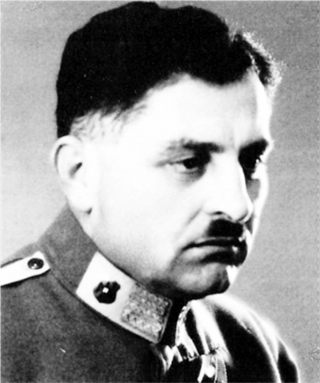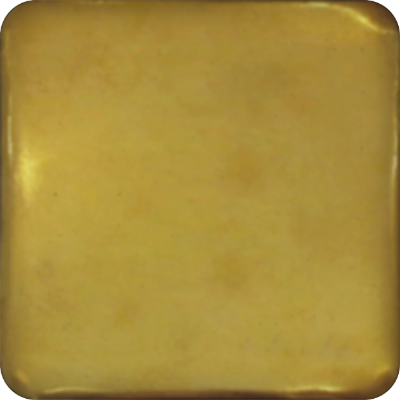Hofrat DI Franz Strobl

Personalia
Born:
Died:
Profession:
Persecution:
Imprisonment 12.03.1938 - 10.11.1938,
Buchenwald concentration camp 10.11.1938 - 16.12.1938,
Imprisonment 1944 (short time)
KZ Number:
Memberships
Curriculum Vitae
After graduating from the Benedictine grammar school in Györ [Raab] in 1915, Franz Strobl was drafted into the army and did his military service from 1915-1919. After the war, he studied forestry at the Selmecbanya College of Mining and Forestry, graduating with a degree in engineering. In 1927, he was accepted into the Burgenland state civil service.
He was also politically active: 1927-1934 as a local councillor in Eisenstadt and 1934-1938 as a member of the Burgenland state government. He was also involved in the Burgenland Heimatschutz, of which he was district leader for Eisenstadt in 1930, and in 1933 he took on the role of provisional regional leader of the VF and became district leader of Eisenstadt.
After the Anschluss, he was arrested on March 12, 1938 and taken to Eisenstadt district court. Here Franz Strobl reports, among other things:
"We were then moved from the chancellery rooms to the committee room of the provincial parliament, where we were guarded by armed SA men. Throughout the night, many officials and functionaries of the Patriotic Front had already been brought in as prisoners by armed SA men. ... We prisoners in the district court were interrogated by German Gestapo men. The purpose of these interrogations was not to accuse us of anything, but rather to extort incriminating confessions and possibly statements about the actions of others. It was characteristic of the interrogation that not only a bullwhip, but also a pistol and rubber truncheon, in other cases dog whips, were available at the Gestapo officer's desk. Of course, they did not shy away from using punches to ensure the success of the interrogations."
He was later transferred from Eisenstadt via Vienna on one of the first transports to the Buchenwald concentration camp, where he remained imprisoned for several months. He was then forcibly retired with greatly reduced pay. After the failed assassination attempt on Adolf Hitler on July 20, 1944, he was arrested again.
After the war, he was a member of the National Council from 1945 to 1962.
Citations
Krause, Peter/Reinelt, Herbert/Schmitt, Helmut (2020): Farbe tragen, Farbe bekennen. Katholische Korporierte in Widerstand und Verfolgung. Teil 2. Kuhl, Manfred (ÖVfStG, Wien) S. 349.; Photo: ÖVfStg
